Digitalization has created an environment where various systems and software must work seamlessly together for the business to run efficiently. However, connecting all the pieces also introduces new security challenges. With a well-thought-out IT strategy, risks can be minimized and systems protected from unauthorized access and technical failures.
Proactive security and controlled access
One of the key factors for achieving security in integrated systems is taking a proactive approach. By identifying potential risks in advance, companies can prevent problems before they cause damage or disruptions.
“Security isn’t just about fixing issues when they happen, it’s about preventing them from happening in the first place,” says Stefan Jörkander, CEO of Connect Companies and integration expert.
To protect information, it’s also critical to ensure that only the right people and systems have access to specific data. This can be achieved through Application Programming Interfaces (APIs), which allow organizations to control what data is shared and with whom. By setting clear rules for data access, companies reduce the risk of sensitive information ending up in the wrong hands.
Secure data transfer and communication
To further strengthen and improve security, it’s important to make sure that the data exchanged between systems is accurate and meets required standards. Schema validation, where data is checked before being accepted, is one effective method to block incorrect or potentially harmful information from entering the system.
When systems communicate, protecting that communication from unauthorized access is essential. A common method is to use the AS2 protocol, a widely adopted standard for secure file transfer. Combining AS2 with certificate whitelisting, where only approved senders are allowed to exchange information, minimizes the risk of data breaches.

Monitoring and future-proofed solutions
To ensure all integrations are functioning properly, continuous monitoring is vital. With clear alert systems in place, companies can detect and fix issues quickly, helping prevent downtime and data leaks.
As technology continuously evolves, companies need integration solutions that can adapt to new systems and innovations. A modern integration platform, such as Blue Integrator, makes updates and changes easier without requiring major overhauls.
“An integration platform must grow with your business, not hold it back. By combining proactive strategies, secure data flows, clear controls, and modern technology, companies can build a secure and sustainable IT environment. Security in integration platforms is an investment that benefits the entire organization both short and long-term,” Jörkander concludes.


